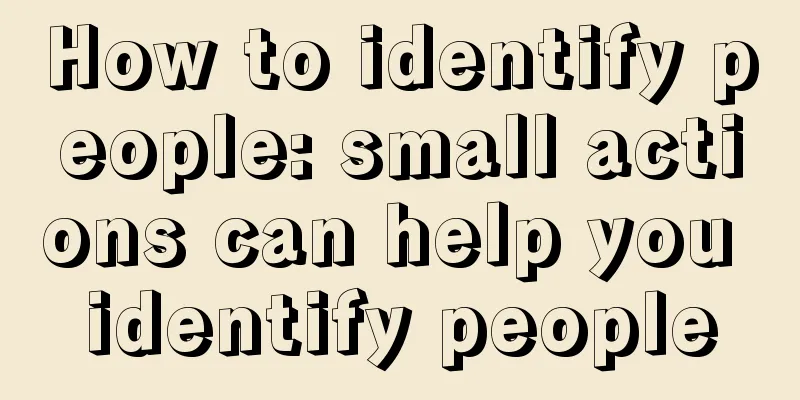Hong Kong regulator: Blockchain technology can help banks combat money laundering

|
Some central banks are looking at blockchain as a way to reduce the risk of fraud and eliminate suspicious transactions. Distributed ledger technologies such as blockchain, which store transaction records across a network to prevent duplication and reduce the risk of fraud, could help ensure banks comply with anti-money laundering and “know your customer” regulations, according to a senior official at Hong Kong’s markets regulator. Benedicte Nolens, head of risk and strategy at Hong Kong's Securities and Futures Commission, said the technology could be applied to areas where there are clear problems in financial institutions. “I think KYC and AML are very clear examples of inefficiencies and problems. If you start counting the fines, and banks are receiving information from this area around the world, you’re looking at tens of billions of dollars or more in fines,” Nolens said at the MIT Technology Review conference, using the acronym for anti-money laundering and “know your customer” regulations. Using a distributed ledger to comply with KYC regulations could reduce errors through automation, eliminate duplication and create a single record for every customer check, she added. Earlier this year, Hong Kong's Financial Technology Steering Group highlighted blockchain, the technology behind the virtual currency bitcoin, as a way for the local financial services industry to reduce the number of suspicious transactions and lower transaction costs. Central banks including the People’s Bank of China and the Bank of England have expressed interest in the use of blockchain and electronic money, and in January, Bank of America said it had applied for 15 blockchain-related patents. “While it will be difficult for regulation to catch up, financial institutions should ensure that the use of this technology is compliant with the rules,” Nolens said. Other potential applications within banks include trade finance and corporate operations processing, she said. Nolens said it would take some time for new ideas to be implemented in the back office of a bank, and that blockchain might be more easily adopted in areas where there were no existing processes. “As you know, financial technology deals with a wider range of aspects, such as digital banking, crowdfunding and settlement of private securities,” she said. “Maybe blockchain applications will start in these areas, after all, there are no entrenched offices there.” Tim Swanson, head of market research at R3, a consortium leading more than 40 financial institutions developing distributed ledger technology, said there was pressure on banks to have dedicated resources to produce working products in the area. “If the industry doesn’t deliver something production-ready within the next (12 months), they’re going to consume a lot of social capital,” Swanson said. “Because a lot of these agencies’ managing directors have spent a lot of time trying to get some budget and staff in place … they believe there will be some relatively short-term gains.” Swanson said some startups benefited from the hype around the technology and were able to work with financial institutions, but they were unable to deliver on their promises. |
<<: ‘Hackers’ become the new lawyers, finding and patching smart contract security holes
Recommend
Judging a woman's personality from her face
Stubborn women I have mentioned before that women...
A man who is very generous and will not be stingy even if he is poor
Whether a person is generous or not is not necess...
What are the facial features of women who will bring bad luck to their husbands?
People stay away from women who bring bad luck to...
Several taboo folk facial features
Nose shape The shape of the nose is related to th...
Japan plans to stop collecting consumption tax on Bitcoin purchases next year
Source: Weiyang.com Japan plans to stop collectin...
Selfishness and stinginess lead to bad popularity
People who have poor popularity generally need to...
BCC, which was born on August 1, is not a fork of the Bitcoin network
Bitcoin has successfully activated the SW2X ( Seg...
The face of a person who loves to poke people's soft spots
We all say, as the saying goes, don't hit peo...
Face shape prediction method: face shape types and destiny
What are the different types of face shapes in ph...
Mastercard Outlines Plans for Cryptocurrencies, Stablecoins, Central Bank Digital Currencies
Mastercard’s CEO outlined the company’s plans to ...
People with narrow forehead and small eye distance are fussy.
The brow bone is located between the two eyebrows...
The nose of your face shows whether you live a wealthy or poor life
In physiognomy, the nose is the most important of...
It is only a matter of time before Tesla shuts down Bitcoin payments. The US dollar stablecoin is still the C position in payment
Tesla has attracted a lot of attention by accepti...
Can Drivechain make Bitcoin sidechain a reality?
Suppose you want to use a system like Bitcoin, bu...
Bitwise Chief Investment Officer: From 312 to 805 BTC, will it repeat the 2020-2021 script?
The cryptocurrency market has sold off sharply th...









